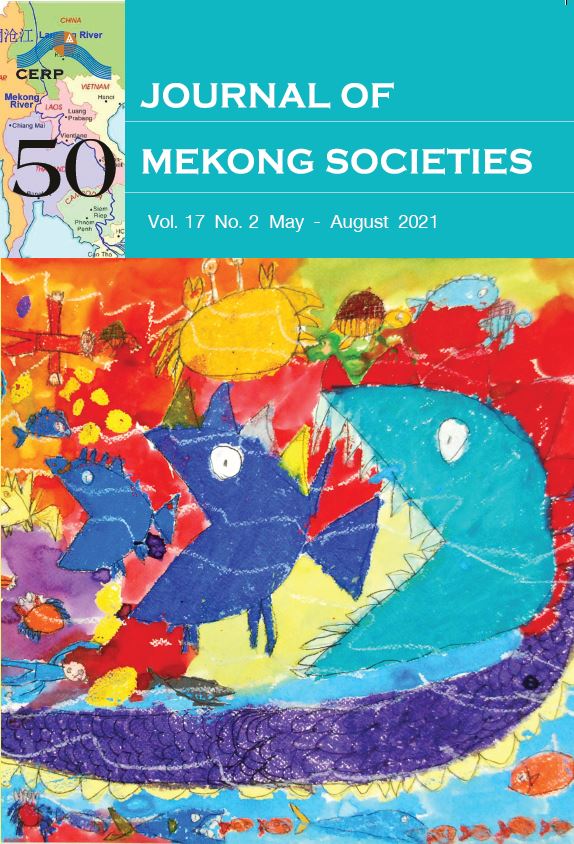Power and Ideological Relations of People Involved in the Development of a Thai Buddhist Temple: Reflecting on Narratives through Critical Discourse Analysis
Main Article Content
Abstract
This research employed critical discourse analysis (CDA) in examining three narratives of a Thai Buddhist temple’s development. The study examined the roles and views of people in Kranuan district, Khon Kaen province, Thailand in terms of their involvement in updating and renovating Wat Phuttha Chai Mongkhon. The ten participants of the study represented three groups of people in Buddhist religious society: one monastic, four devotees, and five general laypeople. They were asked to verbally narrate the topic, “the development of Wat Phuttha Chai Mongkhon” through which they presented their roles in and views of the process. The three-dimensional analytical framework of Fairclough (1989, 1992, 1995) was used to investigate the following dimensions: the text (dimension 1), discursive practice (dimension 2), and social practice (dimension 3); as well as to analyze the narratives. The analysis of dimension 1, language presented in the narratives revealed the roles and views of participants (in each group) regarding their involvement in the temple’s development. Analysis of dimension 2 revealed power and ideological relations between the monastic and the two groups of secular people (devotees and general laypeople). Analysis of dimension 3 revealed overall relations of power and shared ideology in the Buddhist society studied.


